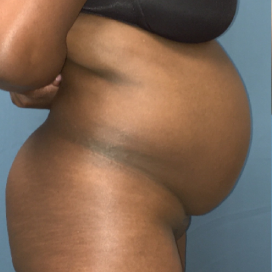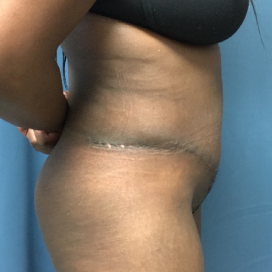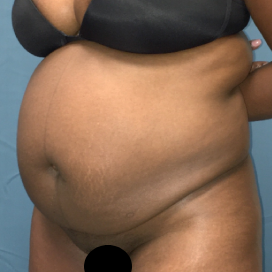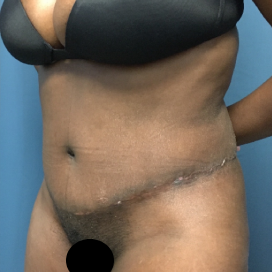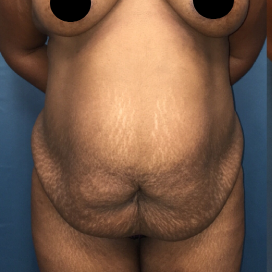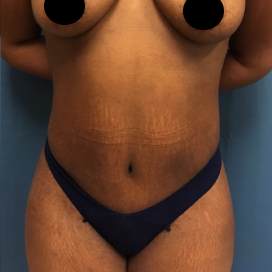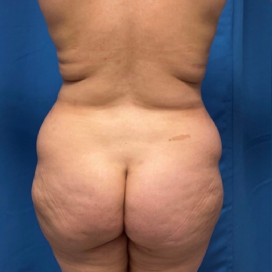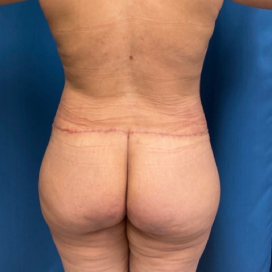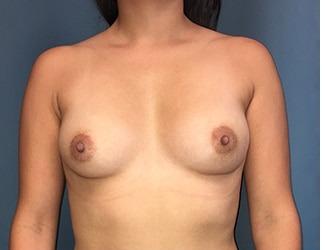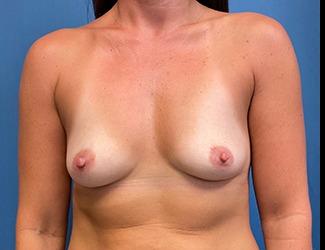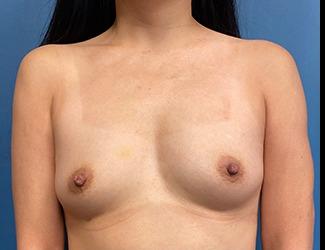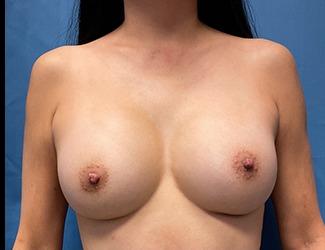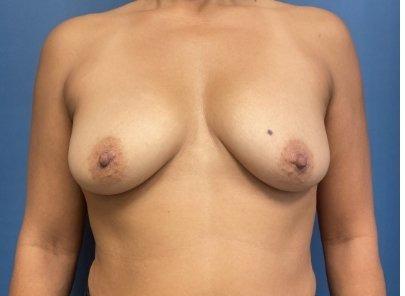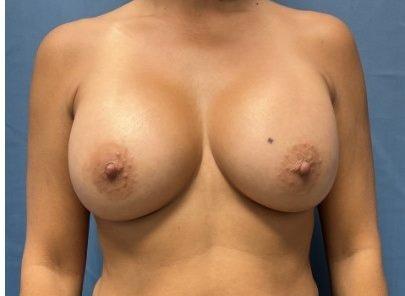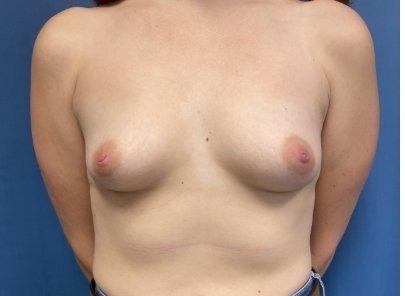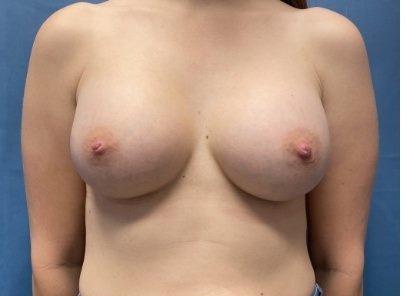Breast Augmentation
Conveniently located to serve the areas of San Antonio, TX

Breast augmentation, also known as augmentation mammoplasty, is a procedure done to increase the breast size and breast volume using breast implants. This procedure is one of the most popular cosmetic procedures performed to date and has a successful track record for enhancing, restoring, and balancing women’s figures.
Contents
- 1 Homas, MD Gallery
- 2 Before and After Photos
- 3 Brostrom, MD Gallery
- 4 Before and After Photos
- 5 What is Breast Augmentation?
- 6 Types of Breast Augmentation Incisions
- 7 Who is a Candidate?
- 8 The Procedure
- 9 Breast Implant Placement Options
- 10 Alternatives to Breast Augmentation
- 11 What To Expect During the Consultation
- 12 Recovering from Breast Augmentation Surgery
- 13 What to Expect Following a Breast Augmentation
- 14 FAQ
- 14.1 Are breast implants under warranty?
- 14.2 Can you breast feed after breast augmentation
- 14.3 Do you have to replace breast implants every 10 years?
- 14.4 What are the different types of breast implants available for augmentation?
- 14.5 How long does it typically take to recover from a breast augmentation surgery?
- 14.6 What factors should be considered when choosing the size and shape of breast implants?
- 14.7 Are there any risks or complications associated with breast augmentation surgery?
- 14.8 What options are available for incision placement in breast augmentation procedures?
Homas, MD Gallery
Before and After Photos
Brostrom, MD Gallery
Before and After Photos
What is Breast Augmentation?
Breast augmentation, also known as augmentation mammoplasty, is a surgical procedure aimed at enhancing the size and shape of a woman’s breasts. It involves the insertion of implants to increase fullness, improve symmetry, and restore breast volume that may have been lost due to weight changes or pregnancy. This procedure is sought by those wishing to enhance their aesthetic appearance and by individuals seeking reconstruction after mastectomy or injury.
Types of Breast Augmentation Incisions
Peri-areolar Incision
This incision is made around the edge of the areola. This incision is well-concealed but allows significant access for implant placement.
Inframammary Incision
This is the most common incision and is placed under the breast along the fold. It provides maximal control during implant placement and is concealed by the natural breast crease.
Trans-axillary Incision
This incision is made in the armpit. It keeps scars away from the breast itself but offers less precision than other methods.
Who is a Candidate?
Candidates for breast enhancement are any woman who feels that their breasts are too small, asymmetrical, or are uncomfortable in their appearance due to the size and look of their breasts. Patients who have experienced breast cancer may endure breast reconstruction with implants to restore their appearance. Ideal candidates for this breast surgery are healthy, nonsmokers with realistic expectations of the results of their surgery. A consultation with board-certified plastic surgeon Dr. Homas or Dr. Brostrom can help to determine if this surgery is right for you.
The Procedure
For the breast augmentation procedure, patients can choose to either get saline or silicone gel filled breast implants. Both implants are commonly used for most patients undergoing breast augmentation but do have some differences, each with its own pros and cons.
Saline Implants
Saline breast implants are filled with saline water inside a silicone shell. During the breast implant procedure, they are placed deflated, through a smaller incision, and filled with saline after in position. These breast implants tend to feel firmer than natural breast tissue. However, if they were to rupture the body simply absorbs the saline solution without any harm to the patient. A rupture of a saline implant is immediately noticeable.
Silicone Implants
Silicone breast implants are made of a silicone shell filled with silicone gel. Gummy bear breast implants are one of the silicone options offered at our practice. These implants feel the closest to natural breast tissue. Since they are inserted already filled, the incisions tend to be longer. If silicone implants were to rupture, the silicone gel typically stays inside the scar capsule which the body forms around the implant. As a result, the rupture is often not realized until an MRI scan or a mammogram is performed.
Regardless of which type of implant you choose, the breast implant surgery will involve an incision. The breast augmentation incisions that are used include the periareolar incision (around the areola), the inframammary incision (in the breast crease), or the transaxillary incision (in the armpit). The type of incision pattern that is right for you can be discussed during your consultation. The breast implants will be placed through these incisions into the breast pocket either on top of or underneath the chest muscle. Incisions will then be closed with sutures.
Breast Implant Placement Options
Subglandular Placement
The implant is positioned between the breast tissue and the chest muscle. This placement can provide a more dramatic look and involves a shorter surgery and recovery time.
Submuscular Placement
The implant is placed under the pectoral muscle. This option is typically more natural-looking and has a lower risk of complications such as capsular contracture.
Alternatives to Breast Augmentation
For those hesitant about implants, there are several other alternatives. One of our primary options is fat transfer. This technique involves removing fat from one part of the body via liposuction and injecting it into the breasts. This provides a modest increase in size and a natural feel.
What To Expect During the Consultation
During the initial consultation, the surgeon will discuss your aesthetic goals, evaluate your anatomical needs, and explain the different options for implants and surgical techniques. This is also the time for patients to ask questions about the procedure, understand potential risks and outcomes, and view before-and-after photos of previous patients. Patients need to be open about their medical history and expectations.
Recovering from Breast Augmentation Surgery
Recovery from breast augmentation typically involves a few weeks of reduced activity. Patients may initially experience swelling, bruising, and discomfort, which can be managed with prescribed medications. Most are advised to wear a support bra and avoid strenuous physical activities until cleared by the surgeon. Follow-up visits are crucial to monitor the healing process and ensure the implants settle correctly.
What to Expect Following a Breast Augmentation
Post-surgery, patients can expect an immediate visible enhancement in the size and shape of their breasts. The final results may take several weeks as swelling subsides and the implants settle into their permanent position. Regular check-ups and mammograms may need to be adjusted for ongoing maintenance of breast health.
Dr. Homas and Dr. Brostrom will provide you with a list of detailed instructions to follow for recovery. Patients will need to wear a special surgical bra during recovery to reduce swelling and support the breasts. Any bruising and swelling that occurs will typically resolve within a month. Pain medication can be used to manage any discomfort. Physical activity should be avoided for the first couple of weeks after surgery, including pulling or pushing. You may be able to return to work within a few days to a week, depending on the nature of your job.
FAQ
Are breast implants under warranty?
The most likely warranty scenario you will encounter is an leaking breast implant 10 years or more after your breast augmentation. In this situation, all four manufacturers standard warranties will provide you with a replacement implant plus an additional one if needed, for the other breast.
Can you breast feed after breast augmentation
Most women with breast implants are able to breastfeed, though there are a few exceptions. Whether youre able to breastfeed depends on the original state of your breasts before surgery and possibly the type of incision used. Breast implants may affect the amount of breast milk youre able to produce.
Do you have to replace breast implants every 10 years?
After 10 years of an initial breast augmentation, 1 out of 5 patients need some sort of revision procedure. … So if youre having an issue, sure, you may need to change out your implants. But with proper monitoring (self-exams, physician exams), you dont need to automatically replace your implants every 10 years.
What are the different types of breast implants available for augmentation?
At New Image Plastic Surgery, we offer saline and silicone implants. Saline implants consist of saline solution inside a silicone shell, while silicone implants are a silicone shell with silicone gel inside.
How long does it typically take to recover from a breast augmentation surgery?
Full recovery typically takes about six weeks, but you will typically feel more like yourself after a week or so.
What factors should be considered when choosing the size and shape of breast implants?
When choosing the rise size and shape for your breast implants, you’ll want to consider the size your breasts are currently, what results you’re looking for, your lifestyle, the clothes you want to wear, and your body’s proportions. Dr. Brostrom and Dr. Homas will help you make the right choice for you.
Are there any risks or complications associated with breast augmentation surgery?
Like any surgery, breast augmentation does come with some risks, including possible infection, noticeable scarring, implant rupture, bleeding, and wound-healing problems.
What options are available for incision placement in breast augmentation procedures?
The incision options you have include the periareolar incision which is around the areola, the inframammary incision which is in the breast crease, and the transaxillary incision which is made in the armpit. The type of incision used will depend on the results you’re looking for.
